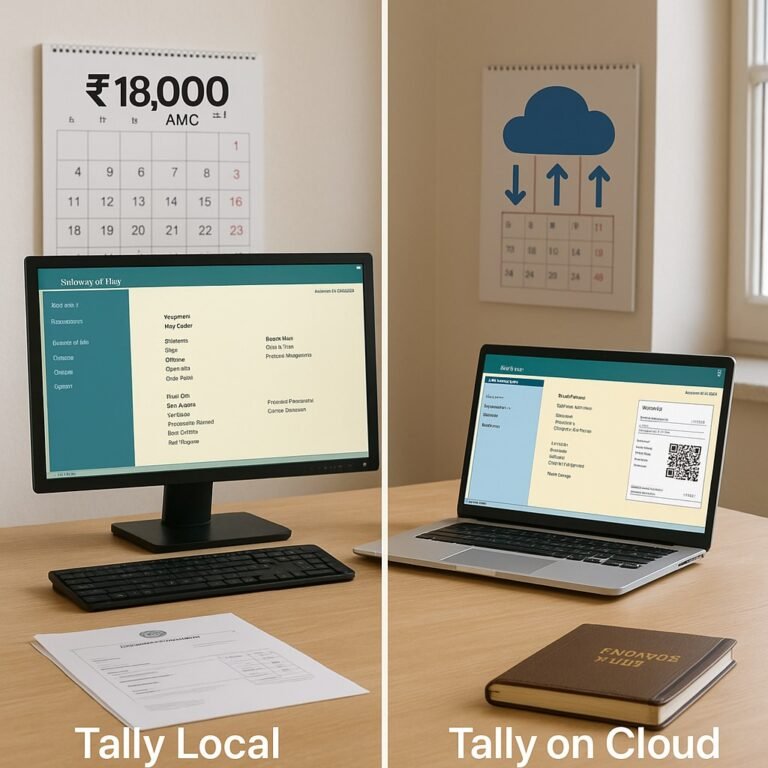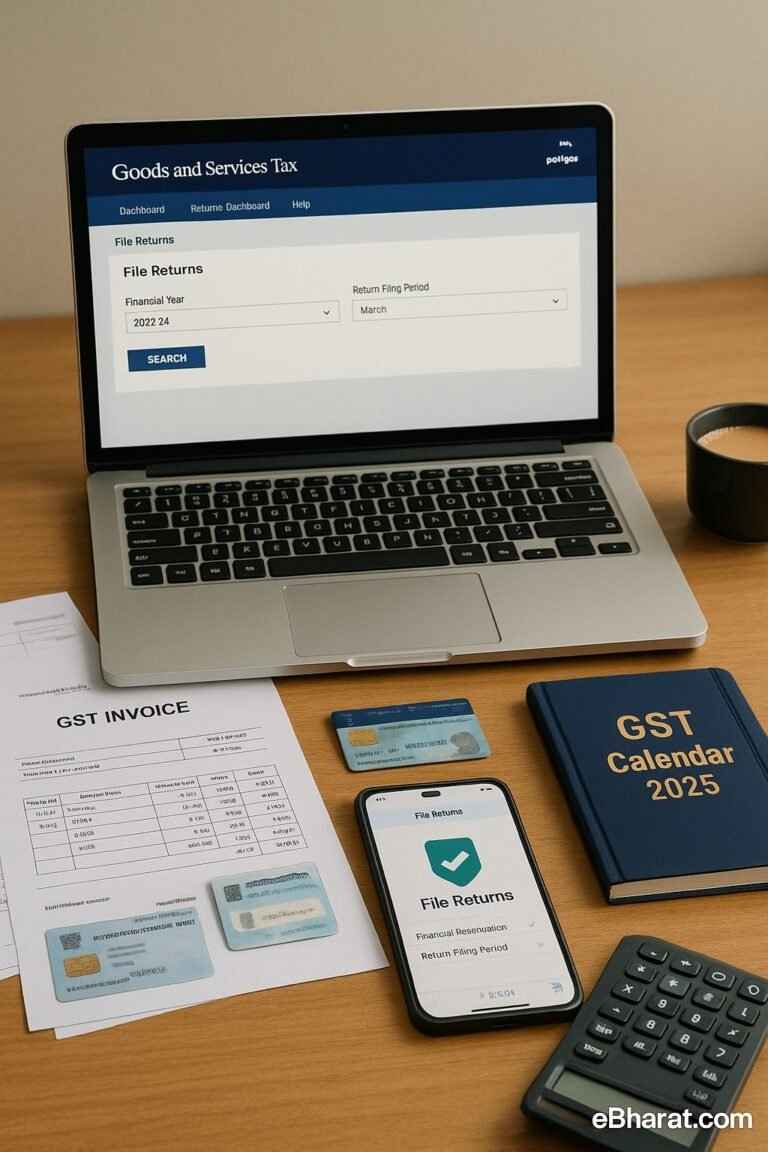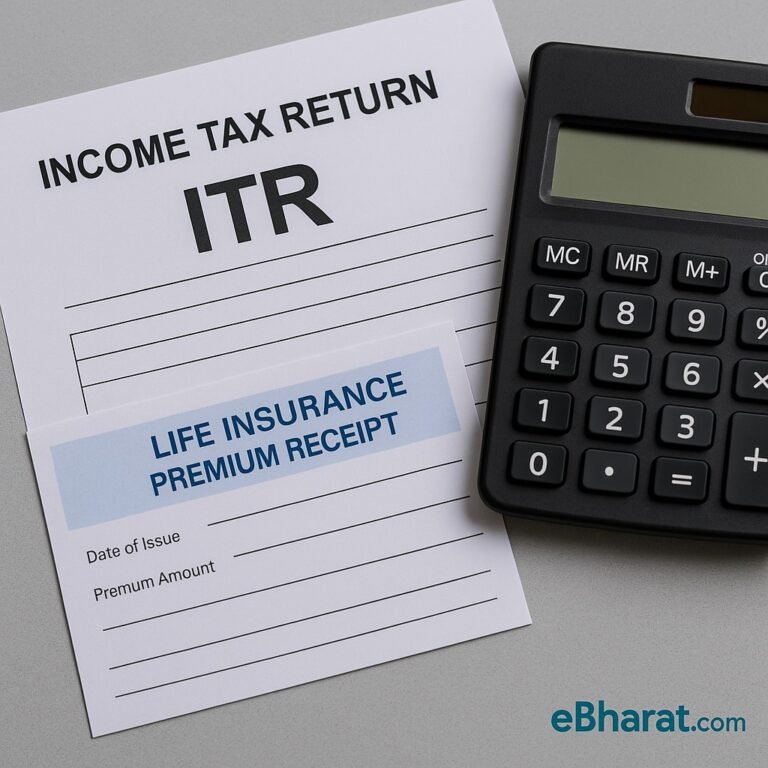
For someone earning around ₹25,000/month, every rupee counts. That’s why the decision between buying a term life insurance plan and investing in the Public Provident Fund (PPF) often comes up.
The truth is — they’re not substitutes. One protects your family in case of your death, the other builds long-term savings. But for limited budgets, you may need to prioritize.
Term Plan vs PPF – Quick Comparison
| Feature | Term Plan | PPF |
|---|---|---|
| Purpose | Income replacement on death | Long-term savings + guaranteed returns |
| Returns | No returns (pure protection) | Around 7.1% p.a. (tax-free) |
| Tax Benefit | 80C on premium + 10(10D) on payout | 80C on deposit + tax-free maturity |
| Liquidity | No liquidity | Partial withdrawal after 5 years |
| Cost | ₹4,000–₹6,000/year for ₹50 lakh cover | Flexible deposit, min ₹500/year |
When to Choose a Term Plan First
- You have dependents relying on your income.
- You don’t have any other life cover.
- You can manage a low annual premium for large cover.
When to Choose PPF First
- You have no dependents.
- Your priority is safe, long-term savings.
- You already have life cover via employer or group insurance.
Balanced Approach for ₹25K Earners
If possible, start both — a low-cost term plan for protection and a small PPF contribution for savings. Even ₹500/month in PPF can grow to a solid corpus over 15–20 years.
Example
Rahul, 28, earning ₹25K/month, bought a ₹50 lakh term plan for ₹450/month and put ₹1,000/month in PPF. In 20 years, his PPF grew to ₹5.5 lakh (tax-free) while his family stayed protected with life cover.
Why It Matters
Financial planning isn’t about choosing one good product — it’s about balancing protection and growth based on your income and needs.
If your income is limited, protect first, then grow. Share this eBharat.com guide so more people plan smartly in 2025.
Internal Links:












